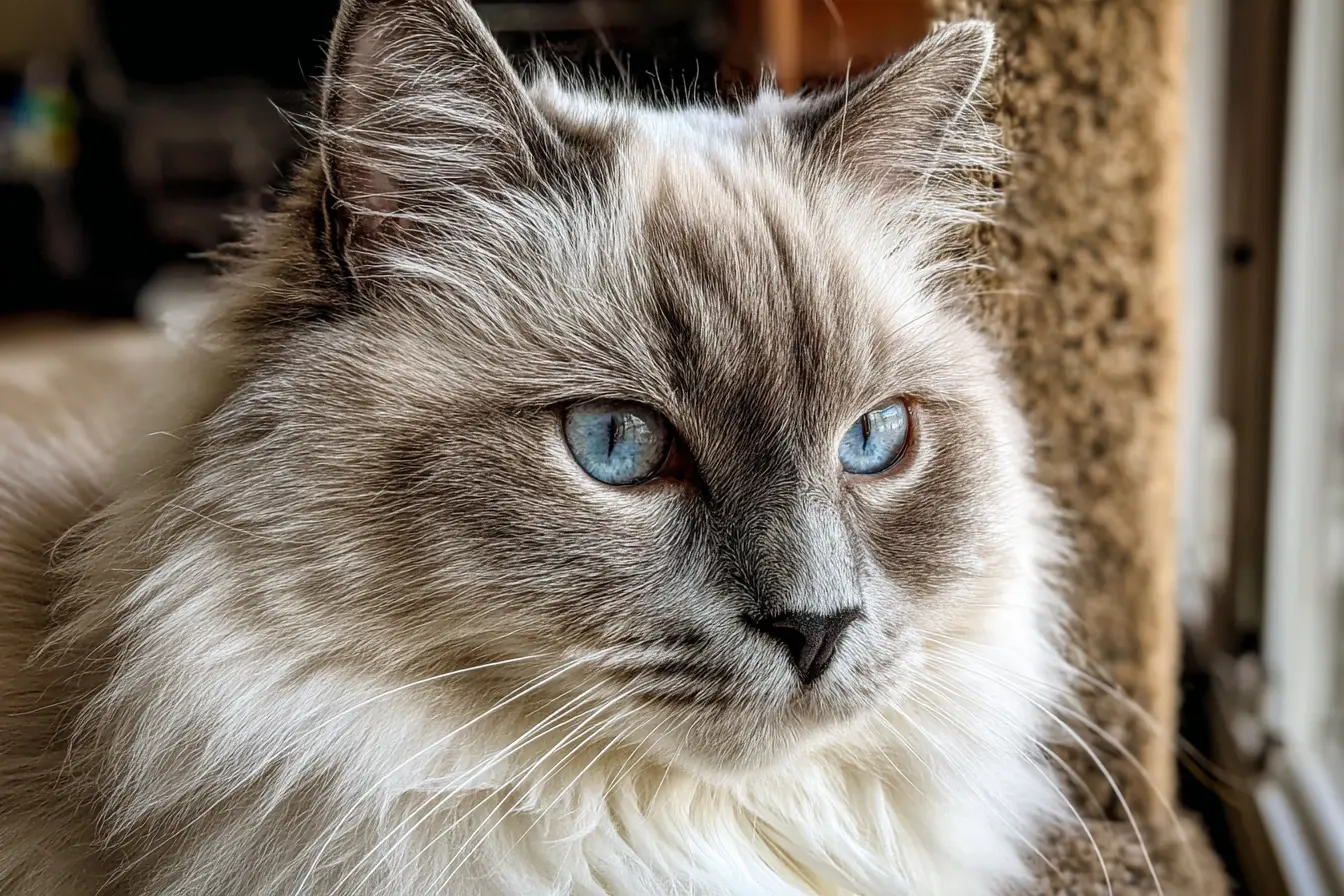
Can Cats Get Sunburn? What Every Owner Needs to Know
Cats love basking in the sunshine, but many owners don't realise that, just like humans, cats can suffer from sunburn too. If left unchecked, sun exposure can cause serious health issues for our feline friends, including an increased risk of skin cancer. In this post, we'll cover everything you need to know about cats and sunburn: from prevention to treatment.
Can Cats Really Get Sunburn?
Yes, absolutely. Cats, especially those with lighter-coloured fur or hairless breeds, are susceptible to sunburn. Their skin can burn after prolonged exposure to ultraviolet (UV) rays, particularly on areas where the fur is thin or absent, such as:
- Ears
- Nose
- Eyelids
- Belly
- Groin area
Even indoor cats can get sunburned if they spend time lying in sunny windows.
Which Cats Are Most at Risk?
Certain cats are more vulnerable to sunburn:
- White or light-coloured cats: They have less melanin in their skin, which offers less natural protection.
- Hairless breeds (e.g., Sphynx): Without fur, their skin is fully exposed to the sun’s rays.
- Cats with thin coats: Some breeds naturally have less dense fur, offering little UV protection.
- Cats with shaved or clipped fur: If a cat has been groomed or undergone surgery, exposed skin can easily burn.
Signs of Sunburn in Cats
Sunburn in cats may not be immediately obvious. Look out for:
- Red, inflamed skin
- Dry, flaky, or crusty patches
- Sensitivity or pain when touched
- Hair loss in affected areas
- Blistering (in severe cases)
- Scabbing or ulcerated skin
Repeated sunburn can lead to a condition called solar dermatitis, which increases the risk of squamous cell carcinoma (a type of skin cancer).
How to Protect Your Cat from Sunburn
Limit Sun Exposure
The simplest and most effective way to prevent sunburn is to limit your cat’s time in direct sunlight, especially between 10am and 4pm when UV rays are strongest.
- Keep cats indoors during peak sun hours.
- Provide shaded areas if they are outside.
- Use UV-filtering window film or close curtains to reduce indoor UV exposure.
Apply Cat-Safe Sunscreen
You can apply sunscreen, but it must be specially formulated for cats. Never use human sunscreen, as many contain ingredients like zinc oxide and salicylates, which are toxic to cats.
When choosing a cat-safe sunscreen:
- Look for fragrance-free, non-toxic products.
- Test a small patch first to check for any allergic reaction.
- Reapply as needed, especially if the cat licks it off.
Always consult your vet for recommended brands.
Protective Clothing
Lightweight, UV-protective clothing made for pets can be used for hairless breeds or cats recovering from surgery. However, not all cats will tolerate clothing, so introduce it gradually.
What to Do If Your Cat Gets Sunburned
If you suspect your cat has sunburn:
- Move them out of the sun immediately.
- Avoid applying human remedies like aloe vera gel without veterinary advice (some can be toxic if ingested).
- Cool the area gently with a damp cloth.
- Seek veterinary attention if the burn seems severe, blistered, or infected.
Early treatment can prevent complications such as infection or cancerous changes.
Long-Term Health Risks
Chronic sun damage in cats can lead to:
- Solar dermatitis: Persistent inflammation and thickening of the skin.
- Skin cancer: Particularly squamous cell carcinoma, which often starts as scabby, non-healing sores.
Prompt veterinary intervention can dramatically improve outcomes, but prevention remains the best approach.
Final Thoughts
Sunshine is wonderful, and most cats love to snooze in a warm sunbeam. However, it’s crucial for owners to be aware of the risks and take steps to protect their pets. With a little planning — and perhaps some sunscreen and shaded spots — your cat can enjoy sunny days safely and healthily.
Related Vets
Vets near you
Speciality vets
- Aquatics vet specialists
- Birds vet specialists
- Camelids vet specialists
- Cats vet specialists
- Cattle vet specialists
- Deer vet specialists
- Dogs vet specialists
- Equines vet specialists
- Exotic vet specialists
- Goats vet specialists
- Pigs vet specialists
- Poultry vet specialists
- Sheep vet specialists
- Small Mammals vet specialists
- Wild vet specialists









